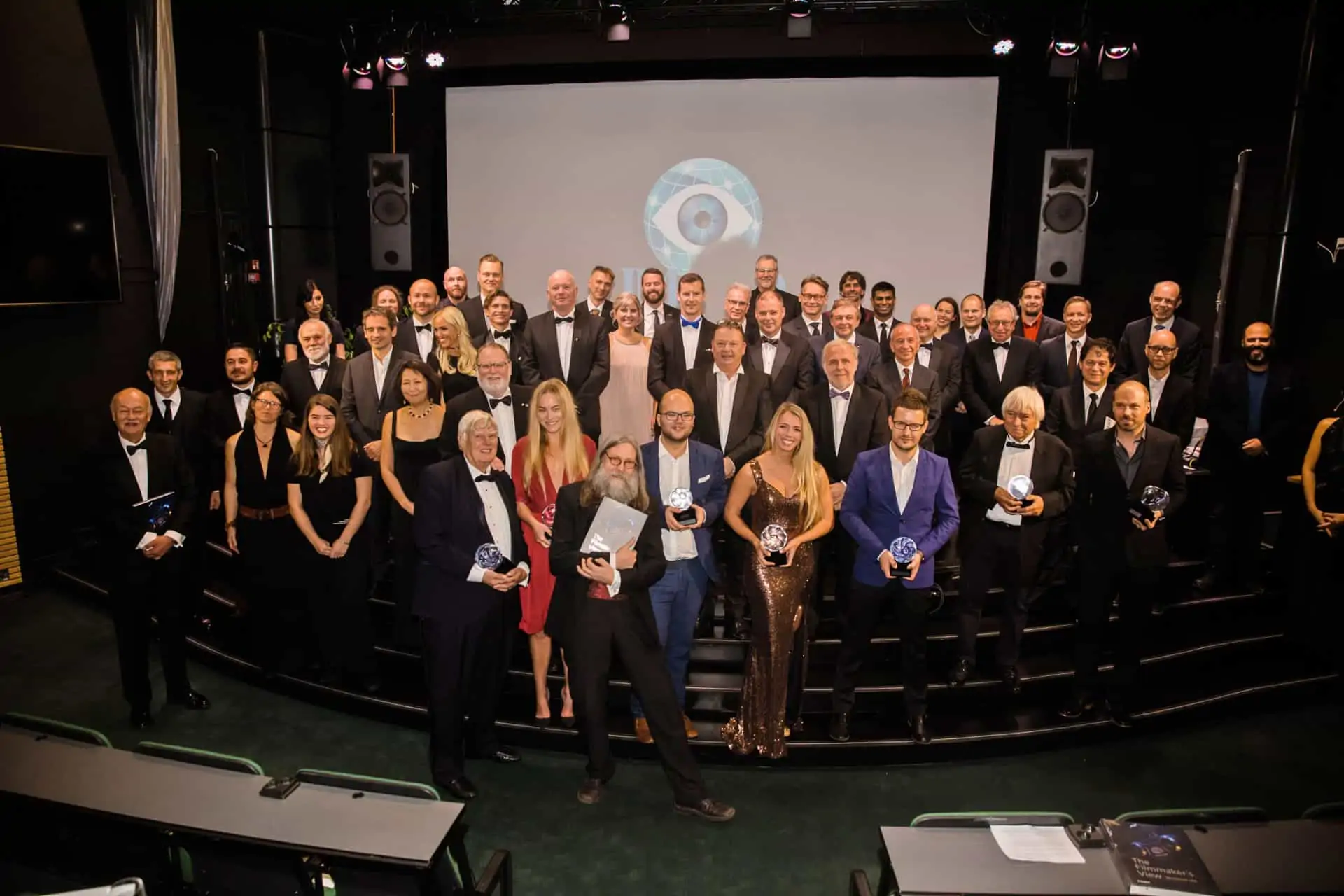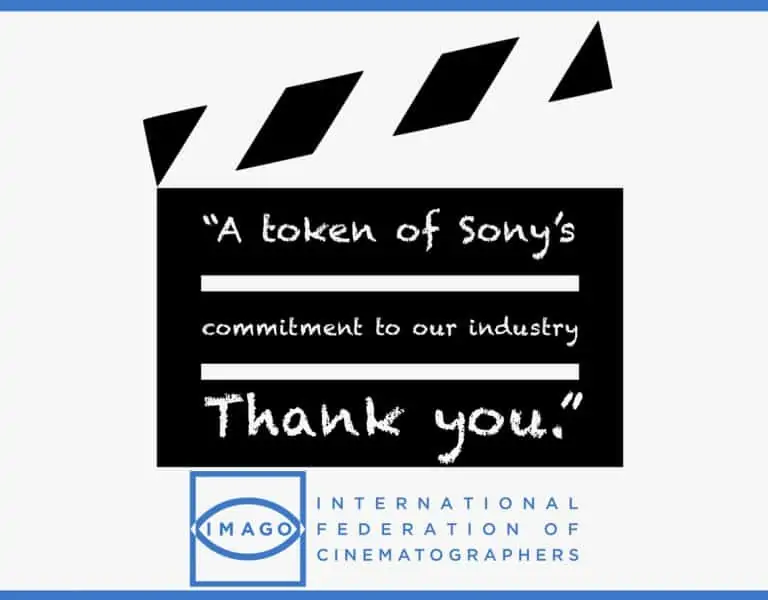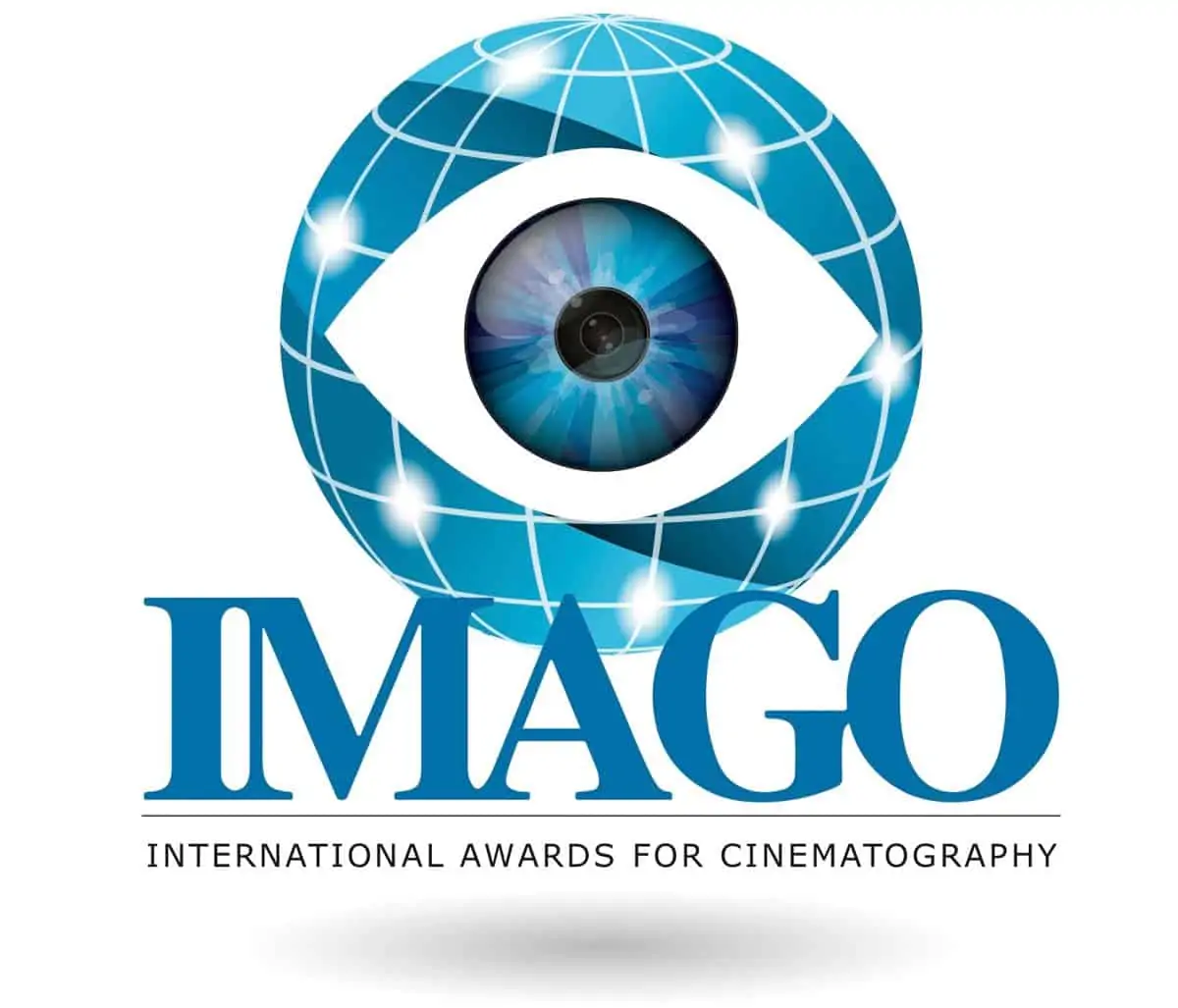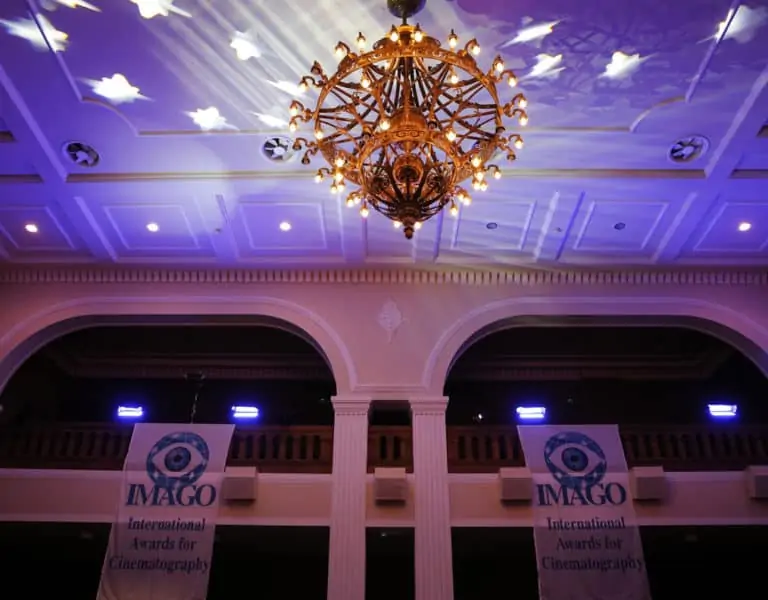KNOWLEDGE IS POWER
The Cinematography Journal invites submissions of original research papers and visual articles for publications in the upcoming issue – #3: Cinematography History and Archive.
Researchers and creative practitioners across the world are being invited to submit papers that contribute to the understanding and advancement of cinematography from an academic, technical and artistic perspective for inclusion in the next issue of The Cinematography Journal, an online open-access journal from the international joint research group Cinematography in Progress (CITO) and the IMAGO Education Committee. The debate on the role of cinematography/cinematographers and their impact on the visual storytelling can range from the perspective of film history, style, aesthetics, film language, colour and perception. Submissions related to innovative cinematographic techniques, case studies, and interdisciplinary approaches are particularly welcome.
Potential topics include, but are not limited to:
- Current trends and important history movements in the field of cinematography
- Evolution of technical aspects of cinematography (e.g. aspect ratio) and their influence on style
- Changes of the cinematographer’s role throughout history
- Developments in history from analogue to digital technologies
- Advancements in cinematographic techniques
- Movement from black-and-white to colour production
- Developments in colour grading/colour correction (the switch from colour timing to colour grading)
- Development of new technologies in cinematography
- Development of narrative techniques in cinematography
We welcome short articles (4,000 words), longer articles (8,000 words) and visual articles/video essays (maximum video length of seven minutes, accompanied by a short abstract and written references). In the case of visual articles/video essays, please provide us with the link to your video so we can embed it onto our platform.
Authors are invited to submit their papers by 14 July 2024 through our site.
Papers should be formatted according to the guidelines available on the website.
About The Cinematography Journal
Cinematography does not limit itself to techniques but includes the “development of the eye”, film history, the study of art history, optics, and established techniques alongside the effects of digital workflow and other more recent developments in the digital domain.
We want to investigate the link between the creation, the projection and the perception of visual media and its communication. We facilitate and promote research into the different aspects of cinematography. As the art and craft of cinematography is little understood, we want to research the storytelling capacity of moving images, and to promote visual literacy.
The Cinematography Journal features an array of articles written by researchers from around the world. The Cinematography Journal has a Student Corner for innovative papers and research of the new generation of cinematographers and cinematography students, a Teaching Corner, for disseminating research about the practice of teaching cinematography, and a Technical Corner for more in-depth technical discussions. The first two issues can be viewed at https://cinematographyinprogress.com. After logging in, you are free to browse, read, and comment.
What is CITO?
CITO stands for cinematography. A short expression for cinematography. CITO is an independent organisation formed by scholars, professors in the field of cinematography. Most of them are cinematography professionals, others are scientists developing new tools in their schools. Others are academics, studying cinema through cinematography. The visual language and philosophy behind images, bringing up to the surface the relevant role that cinematography plays in cinema.
We facilitate and promote research into the different aspects of cinematography, especially its role in narrative fiction film. As the art and craft of cinematography is little understood we want to research the storytelling capacity of moving images, and this is to promote visual literacy. In this fast-paced age, the hunger for how to create emotion-evoking images and how they are perceived is great.
A key objective of the group is to build a bridge between film practice and film studies. The argument for tapping into the knowledge of cinematographers lies in the simple fact that since the existence of cinema, cinematographers, or camerapeople, were always there. Cinematographers have been there since the inception of the motion picture. Cinematography does not limit itself to techniques but includes the “development of the eye”, film history, the study of art history, optics, and established techniques alongside the effects of digital workflow and other more recent developments in the digital domain. We want to investigate the link between the creation, the projection and the perception of visual media and its communication.
CITO only aims for cinematography studies. CITO organises conferences and publishes academic articles in its journal exclusively about cinematography.
CITO aims are to take cinematography to the next level in education, in the field of arts and professionally to be seen and recognised as an art expression. Cinematography should not be regarded as a craft or just technical discipline in the field of cinema. It should be, in our view, an artistic discipline that should be taught in universities as such. Last but not the least, cinematography should also be seen by critics as an artistic activity and therefore plays a crucial role in the narrative cinema.
CITO Editorial Board
Marijke Van Kets SBC, Ella van den Hove SBC, Tony Costa, Stefan Grandinetti BVK, Manca Perko, Philippe Cordey SCS BVK, Katja Schmid, Daniel Maddock, Yu-Lun (Luc) Sung










